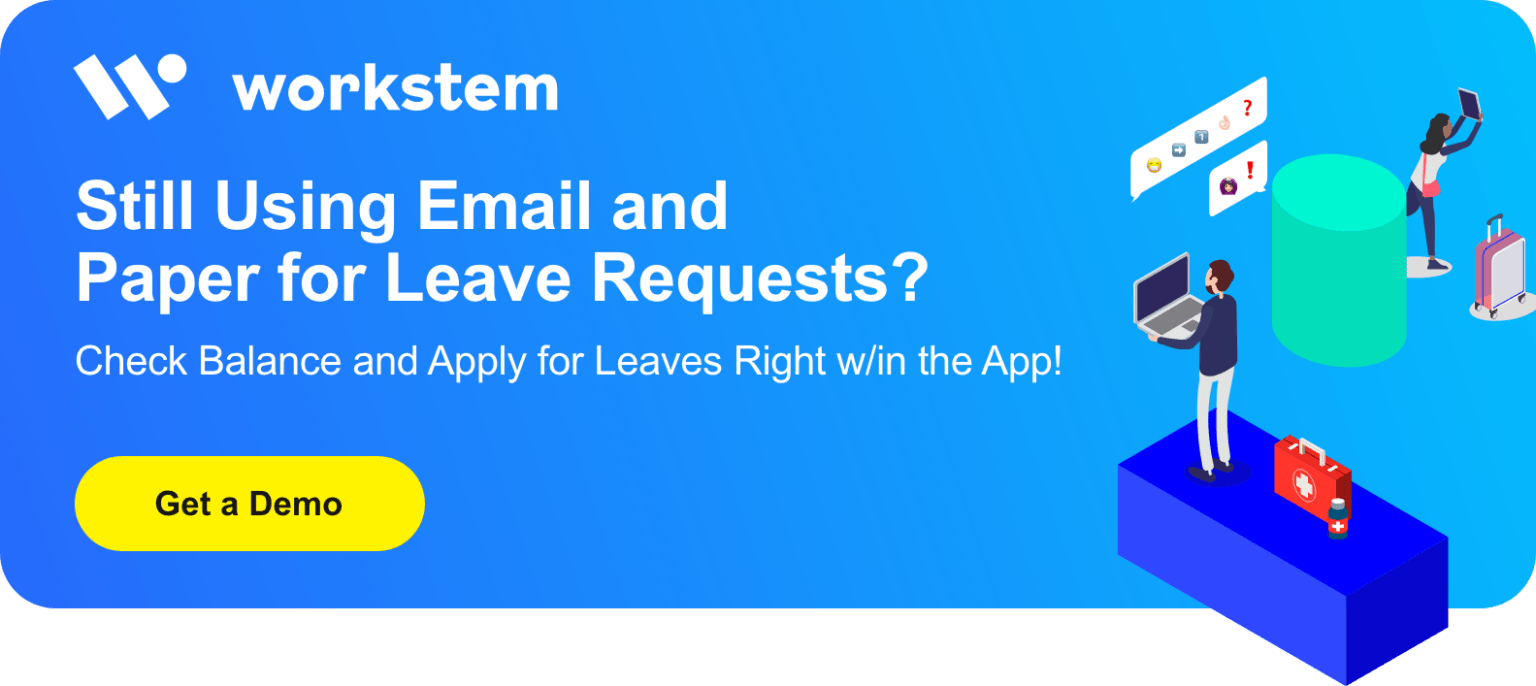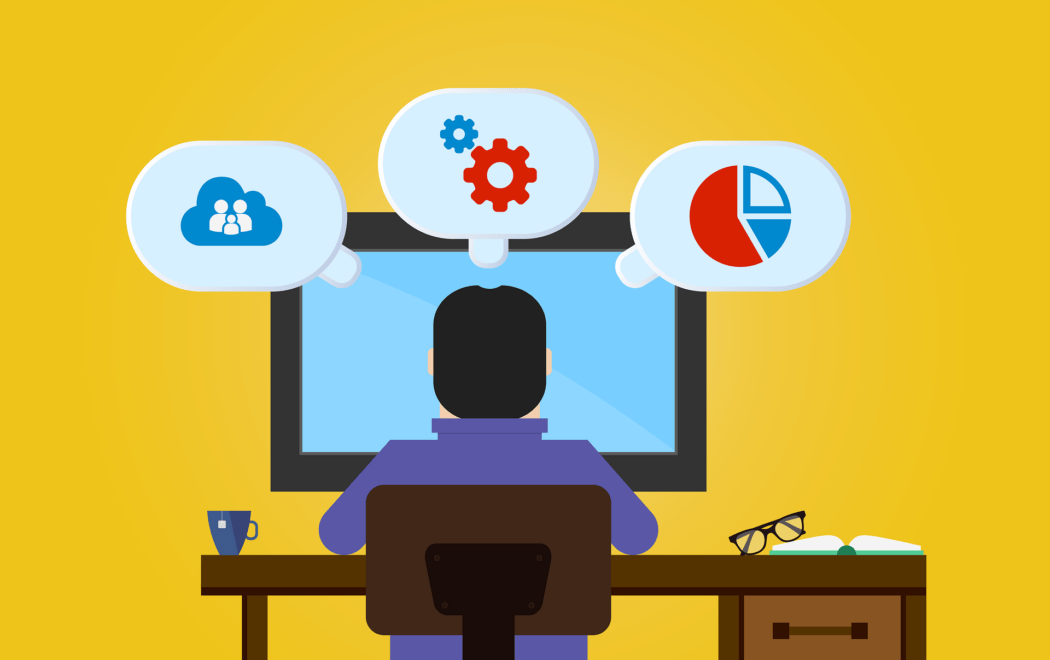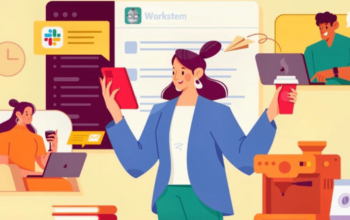In the corporate field, Human Resources (HR) is often associated with dealing with employees. To most, HR is the department most people will head to for any issues they have during their stay at any workplace. HR professionals are also widely known to handle employees’ payrolls as well as organizing talent recruitment, employee development and engagement, and employee grievances. HR exists to ensure employees are at their best both for their benefit and the company’s.As they deal with many internal tasks and serve many functions, it is true then that HR professionals are important in any company. If an HR department is unable to work efficiently, it would not only affect the employees, but the operations of the company as a whole.
To help HR professionals better, it would be beneficial for company heads to invest in an HR system. HR systems have seen a rise in popularity in recent years as the need for automation becomes more prevalent. With these systems, HR professionals can save time on carrying out administrative and backroom tasks and use their time for more essential, employee-centric things.
Originally, HR systems were made to automate employee management and their payrolls sometime in the 1970s. From there, HR systems have moved on to doing more for professionals everywhere. Originally, HR systems were meant to simply store, manage, and update employees’ personal records. Today, these systems offer a wide array of tasks such as filing and counting leaves and deductions as well as tracking employee attendance. HR systems also help make sure companies are complying with their local laws as needed.
As time went on, HR systems began to evolve. Certain companies have also begun offering HR Information Systems (HRIS) and HR Management System (HRMS), both of which aimed to better streamline HR operations depending on the task needed to computerize and information needed to digitize. Though they both had the same end goal in mind—that is, to help HR professionals—HRIS is mostly a system for record-keeping and employee data-organizing, while an HRMS is more centered on performing tasks related to employee training, recruitment, leaves, and the like.
Before, HR systems were once privileges for a select few, but as more businesses began to see the value of automating certain tasks, HR systems have become more commonplace. They also began branching out into more tasks, taking more weight off of HR professionals’ shoulders.
For instance, Workstem is an HRMS that could also do the tasks of an HRIS. With their mission to be a more “user-oriented platform to create and deliver value that directly benefits HR for enterprises,” Workstem came up with data-driven technology solutions to satisfy HR professionals’ management needs in order to give them more time to work on more essential things. Although it can be used by all, Workstem is more targeted towards small and medium enterprises (SME); these enterprises have companies where they may not have a dedicated HR department, leading employers to act as HR whenever needed. Workstem would be perfect for these situations as they can help HR novices with their multitude of services such as the record-keeping capabilities of an HRIS for employee data in addition to organizing employee payrolls, filing and computing tax reports, managing attendance, and scheduling and monitoring leaves. In Workstem, HR can also customize leaves according to their needs and company policies. This way, all they need to do is enter in the employee and leave details, and Workstem will do the rest.
Employees also have multiple ways to clock in and count their attendance on Workstem, and this data is synced to the web in real time; they have access to their own data, meaning they no longer have to ask HR about it. Workstem also comes in different forms so employees no longer need to be in front of a PC to use the software. For HR managers, they have a mobile app that lets them check employee attendance and data on the go. There is also a corresponding app for the staff so they also have the same ease of access.
Through modern HR systems, HR professionals can do more with and for employees. It pays to invest in one to help them save time from manually filing things that are better done by machines, thus giving them more time to properly focus on people’s wellbeing. At their core, HR professionals want the best for the company’s employees, and with machine assistance, they can dedicate more time to helping both employees and the company grow.
Read More:
How to Choose a Payroll & HRM System?
Not Just for the Big Companies: Why a Payroll Management System Is Crucial for SMEs
Traditional HRM Software Vs Cloud HRM Software, Which One to Choose?

(The content and information in this article are for reference only. The accuracy and reliability of the information are subject to the latest government regulations. If you want to reprint the article or content, please contact us first or attach a link to this article, and indicate the source of reprint.)







![[418 Guide] Ordinance 418 And Continuous Contract](https://www.workstem.com/wp-content/uploads/2023/08/Untitled-design-min-350x220.png)